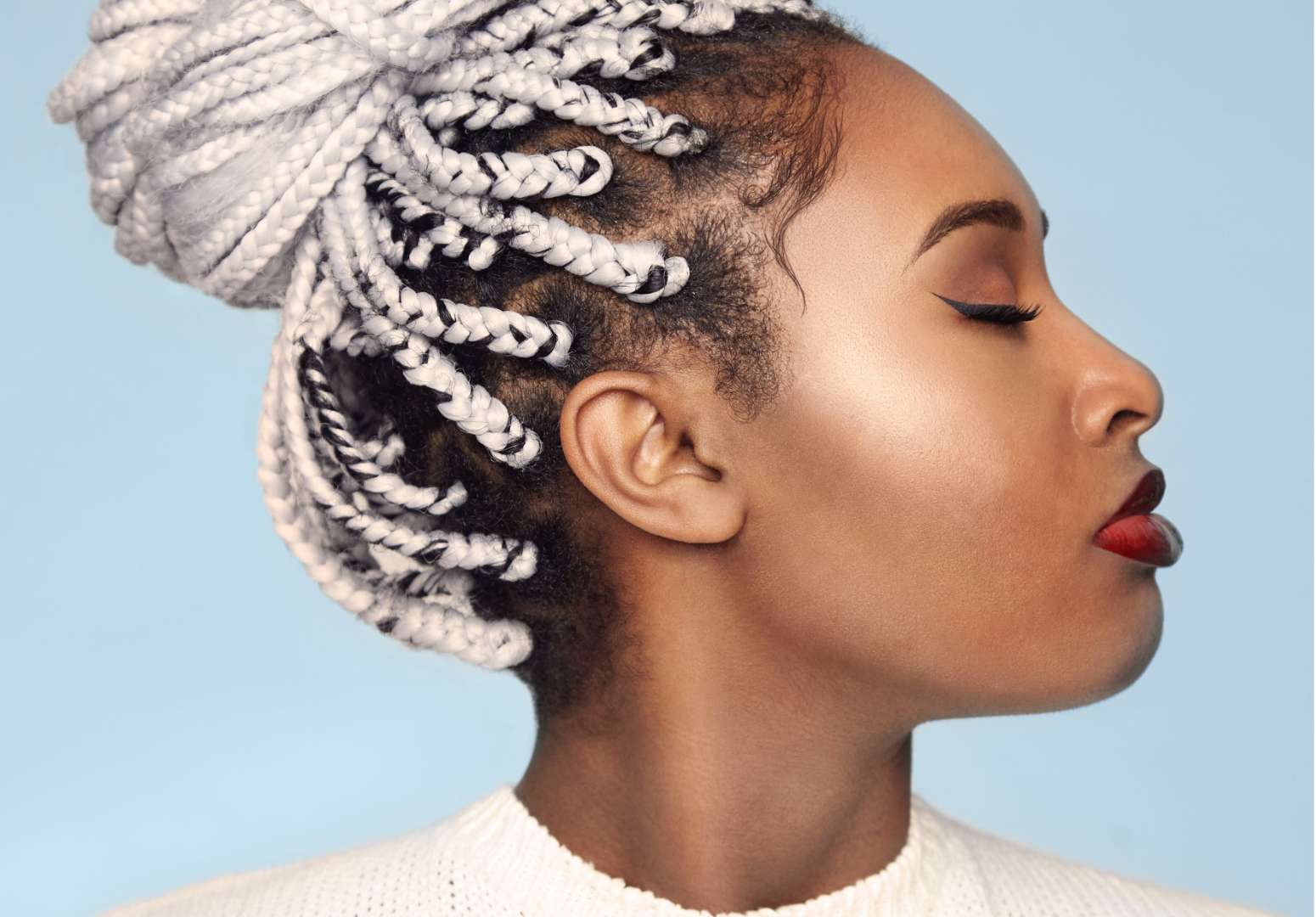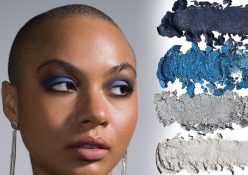Wigs are having a big moment on the beauty scene and with the many interesting styles available it’s no wonder. It’s never been easier to express your individuality and change up your look.
Once a Luxury reserved for the red carpet stars who wanted to try out different hairstyles and colours without damaging their locks or committing to a long term change, wigs are becoming more mainstream and readily available. We pick the brain of SA Hair Stylist Justine Alexander and get the short and long on wigs and all things hair related.
What is the difference between synthetic and natural wigs?
Wigs are either made from human hair or synthetic fibres. Human hair wigs cost more, but you are able to style them using heat, which you cannot do on synthetic hair, as it will melt or singe the fibres. There is a misconception among first-time wig buyers that human hair wigs are better and of higher quality than synthetic hair wigs, this is not always the case: If a synthetic hair wig is of high quality, it is often difficult to discern the difference between the fake and the real hair fibres.
What are the best wig shops in SA and how much will a wig set you back?
My favourite wig shops to browse and buy from are The Hair Trader and The Sans Hair and on average a good wig will cost between R1200-R5000 depending on the quality. You can also have custom wigs made just for you at these stores.
What is a Lace wig?
A lace wig is a special type of wig or hairpiece where human or synthetic hair is tied by hand to a sheer lace base which closely resembles the scalp. These pieces have an invisible hairline, making it even harder to tell the difference between a wig and real hair.
View this post on Instagram
How do you care for a wig?
You can wash both real and synthetic wigs, just do so gently, no vigorous scrubbing or wringing out of the hair. Allow synthetic wigs to air dry on a mannequin head. Real hair wigs, can be dried with a hair dryer.
How do you secure a wig and prevent any mishaps?
I would always recommend going to a professional first to show you how to fit and secure your wig, making it easier for you to imitate when you get home.
Basics to remember: Always use a wig cap If using wig glue, only apply on areas you don’t have any hair.
What are your top tips for getting a wig to sit naturally on the head without lumps and bumps?
It’s best to consult with a professional hairstylist to customise your wig, they will take the correct measurements, and make sure the wig sits properly on your head. To prevent lumps, always ensure your natural hair is cornrowed underneath, this gets the hair to lay flat onto the scalp and creates a good silhouette to place the wig on to. Placement is very important to prevent bumps so take your time using a mirror to get the correct position.
How do you prevent having an itchy head under the wig?
A scalp tonic will soothe the itching and also help your own hair stay moisturised under the wig.
Try: Back2Nature CBD Hair Growth & Scalp Treatment Oil
Does wearing a wig damage your hair under the wig? If so how can you minimise the damage?
Yes and no, it always depends on how you care for your own hair under the wig, to give your hair protection, always wear a wig cap. Wearing a wig can also be useful form of protective styling as your hair gets a break from relaxers, chemicals, heat and wear and tear while you wear a wig.
Braids are considered a protective hairstyle can you explain.
Braiding essentially gives your hair a rest from environmental and mechanical damage (if the braids are done properly). It’s also a cute way of changing your style and expressing yourself, there are many different styles to try with different colour hair fibres to use, partings and patterns, so have fun with it.
Top preventative measures to minimise damage when having braids done:
Use a scalp tonic daily and make sure your stylist is sensitive to your hairline.
Words: Jade Leggat-Smith | Photography: Courtesy Images, Instagram







